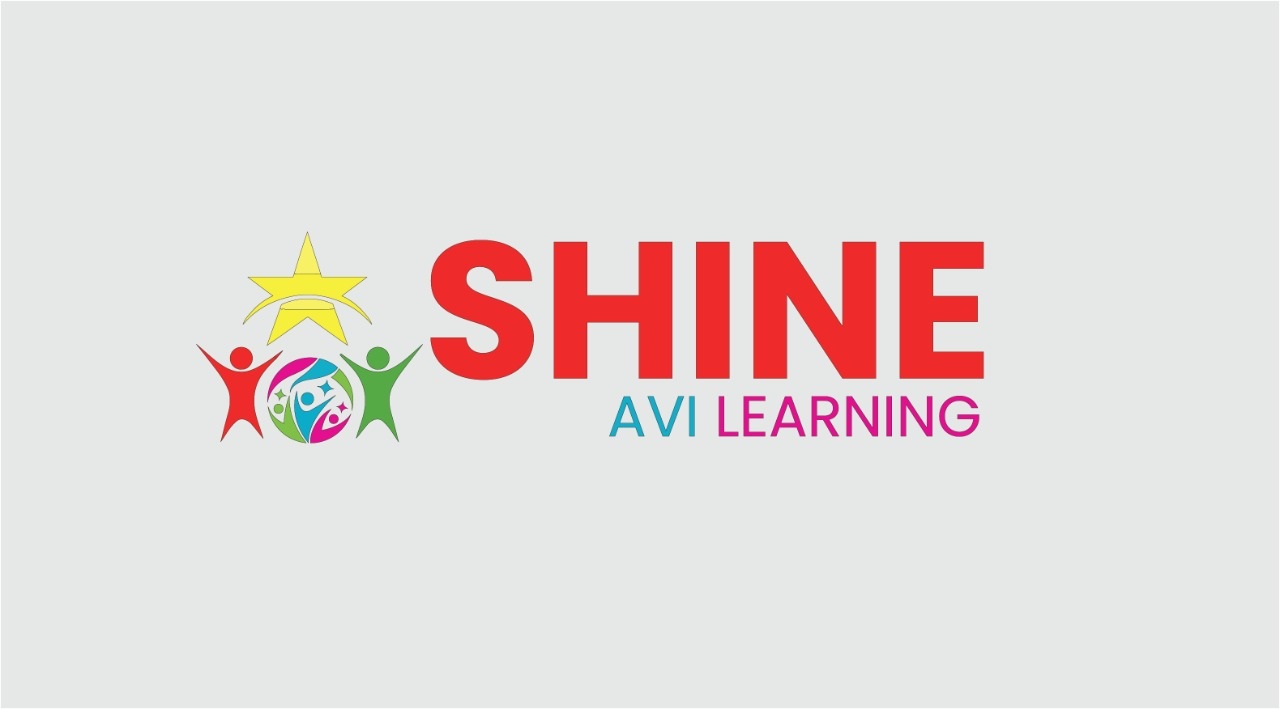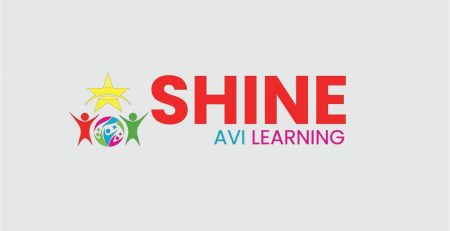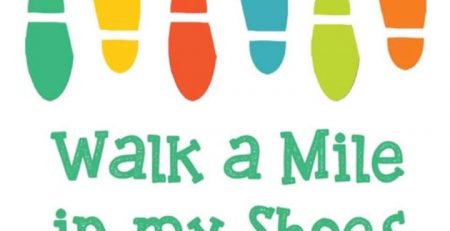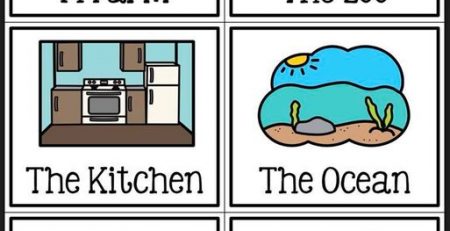Shine Avi know how of language development !!
What is receptive language (understanding words and language)?Receptive language is the ability to understand words and language. It involves gaining information and meaning from routine (e.g. we have finished our breakfast so next it is time to get dressed), visual information within the environment (e.g. mum holding her keys means that we are going to get the car, a green light means go), sounds and words (e.g. a siren means a fire engine is coming down the street, the word ball means a round bouncy thing we play with), concepts such as size, shape, colours and time, grammar (e.g. regular plurals: cat/s, regular past tense: fetch/ed) and written information (e.g. signs in the environment like “no climbing”, written stories).Some children who have difficulty understanding oral language (words and talking) may appear to be understanding because they may be able to pick up key words and get visual information from the environment or from gestures.Why is receptive language (understanding words and language) important?Receptive language is important in order to communicate successfully. Children who have understanding difficulties may find it challenging to follow instructions at home or within the educational setting and may not respond appropriately to questions and requests. Within the school setting, difficulties in understanding may lead to attention and listening difficulties and/or behavioural issues. As most activities require a good understanding of language, it may also make it difficult for a child to access the curriculum or engage in the activities and academic tasks required for their year level of school. What are the building blocks necessary to develop receptive language?Attention and concentration: Sustained effort, doing activities without distraction and being able to hold that effort long enough to get the task done.Pre-language skills: The ways in which we communicate without using words and include things such as gestures, facial expressions, imitation, joint attention and eye contact.Social skills: Determined by the ability to engage in reciprocal interaction with others (either verbally or non-verbally), to compromise with others, and be able to recognize and follow social norms.Play skills: Voluntary engagement in self motivated activities that are normally associated with pleasure and enjoyment where the activities may be, but are not necessarily, goal oriented. How can you tell if my child has problems with receptive language?If a child has difficulties with receptive language they might:Have difficulty attending and listening to language.Not pay attention within group times at kindergarten and school.Not follow instructions that others the same age would be able to follow.Respond to questions by repeating what you say instead of giving an answer.Find it difficult to listen to stories.Give unusual answers to questions.*These difficulties may vary depending on the child’s age.What other problems can occur when a child has receptive language difficulties?When a child has receptive language difficulties, they might also have difficulties with:Attention and concentration: Sustained effort, doing activities without distraction and being able to hold that effort long enough to get the task done.Behaviour: The child’s actions, usually in relation to their environment (e.g. a child becoming disruptive within the classroom because they are unable to “access” or understand what the teacher is saying or talking about).Literacy: Reading and writing.Social skills: Determined by the ability to engage in reciprocal interaction with others (either verbally or non-verbally), to compromise with others, and be able to recognize and follow social norms.Sensory processing: Accurate registration, interpretation and response to sensory stimulation in the environment and one’s own body.Executive functioning: Higher order reasoning and thinking skills.Expressive (using) language: The use of language through speech, sign or alternative forms of communication to communicate wants, needs, thoughts and ideas.Planning and sequencing: The sequential multi-step task/activity performance to achieve a well-defined result.Auditory Processing: Ability to hear sounds, distinguish between similar sounds or words, and separate relevant speech from background noise. What can be done to improve receptive language?Eye-contact: Obtain the child’s eye contact before giving them an instruction.Minimal instructions: Refrain from giving too many instructions at once.Simplify the language you use with the child so it is at a level that they can understand (i.e. usually just above their expressive language level or how much they are saying).Chunk verbal instructions into parts. Instead of “Go and get your lunchbox and your hat and go outside”, say “Get your lunchbox.” When the child has followed that instruction, say “Now get your hat” then “OK, now you can go outside”.Repeat: Ask the child to repeat the instruction to ensure that they have understood what they need to do (e.g. “Go and get your bag then sit at the table. What do I want you to do?”).‘First/then’: Use this concept to help the child know what order they need to complete the command (e.g. “First get your jacket, then put on your shoes”).Clarify: Encourage the child to ask for clarification if they forget part of the instruction or have trouble understanding what they need to do. Encourage them to ask for the command to be repeated or clarified (e.g. “Can you say that again please?”).Show: Physically show the child what to do when giving them an instruction so that they can ‘see’ what the concept within the instruction looks like.Visual aids (e.g. pictures, gestures, body language, facial expression) can be used to assist the child’s comprehension and recall of the instruction.Describe: In everyday activities describe to the child what they are doing (e.g. when the child is packing up their toys you might say: “Put the toys in the box” or when dressing/undressing you might say: “Take your shoes off/Put your shoes on”).Emphasise the word you want the child to learn about and repeat the concept in a variety of situations or settings so that the child sees the different ways in which a concept can be used (e.g. “Lights on“vs. “The book is on the table”).Play: For the young child engage in play on a regular basis, model how to play with toys, follow the child’s lead and talk about what they are doing with the toys.Reduce background noise: Turn off background noise in the home (e.g. television, radio, music) when engaging with the child to reduce/minimise distractions.Face-to-face: Get face to face with the child when talking.Visuals such as signs or pictures can be used to facilitate and support a child’s understanding.Books: Look at books which interest the child and talk about the pictures and the story. Get the child to predict what might happen next or explain why something might have happened in the story.







Leave a Reply